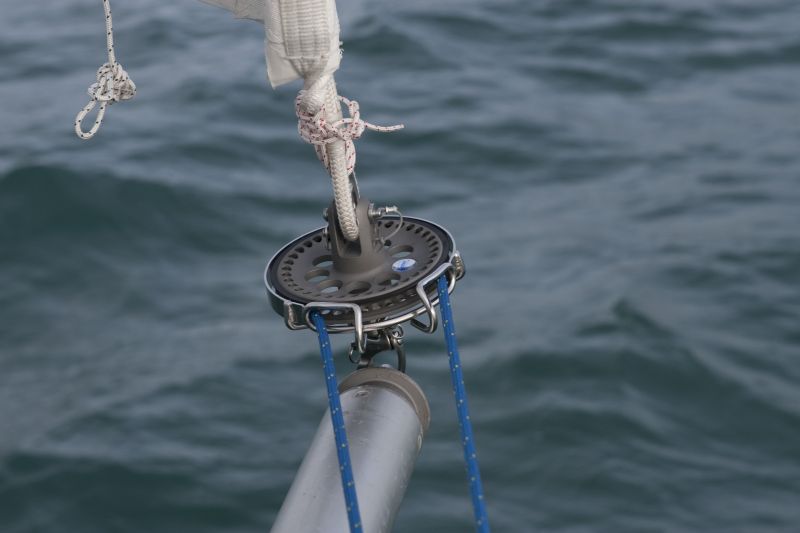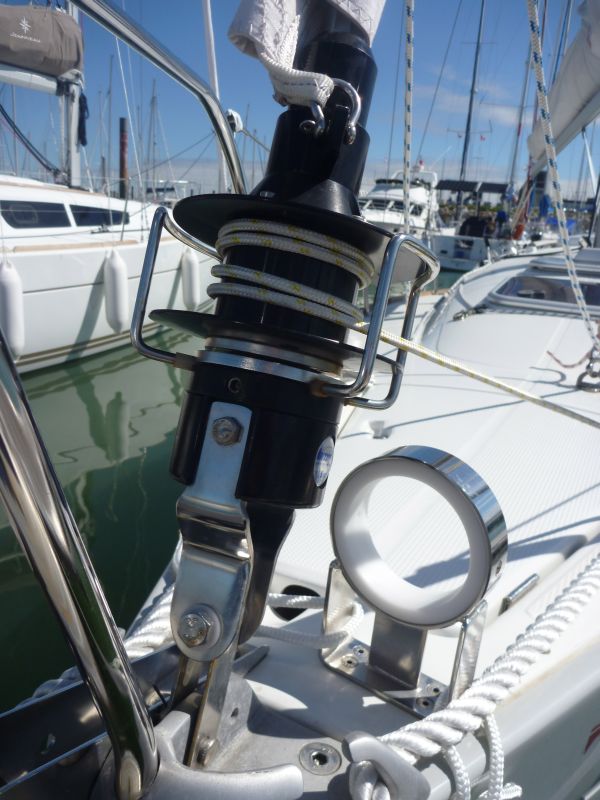As standard for cruising
Reel, furling system or drum?

The mainsail
To furl the mainsail to the inside, it is necessary to provide a mast. This method the best, as it places all the weight of the mainsail high up, even in bad conditions.
This method of reeling requires vertical slats. It is also difficult to release if the system is blocked. There are also methods of furling the mainsail against the mast.
We advise against these for the same reasons.
Furling in the boom
This is the more efficient system; the roller in the boom. One may also conserve the horizontal slats. It is always possible to lower the sail classically. The rolled sail maintains a good shape. The only downside, it is essential to keep a precise angle between mast and boom.
ow to choose your roller furling Genoa?
- For cruising and ocean navigation, you can find models for boats from 7 to 25 m. For long voyages, a releasable stay is highly recommended. It allows you to withstand a storm. A sail wound is not effective in heavy weather. In case of problems on the main stay, the releasable may also temporarily replace it.

Equipping with a Genoa
Tips
When using a roller, one must never roll, leaving too much tension in the sheet or leave the sail fighting the wind. It is though, important to leave a slight tension when rolling the sail properly. When sailing, one leaves the tension in the halyard with a traditional jib. After each outing, it is good to release the tension in the halyard. The only maintenance is a regular wash with fresh water to remove salt and dirt (not grease!) After wintering, before sending the sail, manouevre it a few times and do not hesitate to put tallow on the luff of the sail to facilitate its implementation.
Regularly check the stay, it is in fact hidden by the reel.
How does it work?
Professional Advice
“To protect the sail in case of sudden wind, it is necessary to roll it tight around the stay. A sail which fights the wind will soon find itself damaged.”
